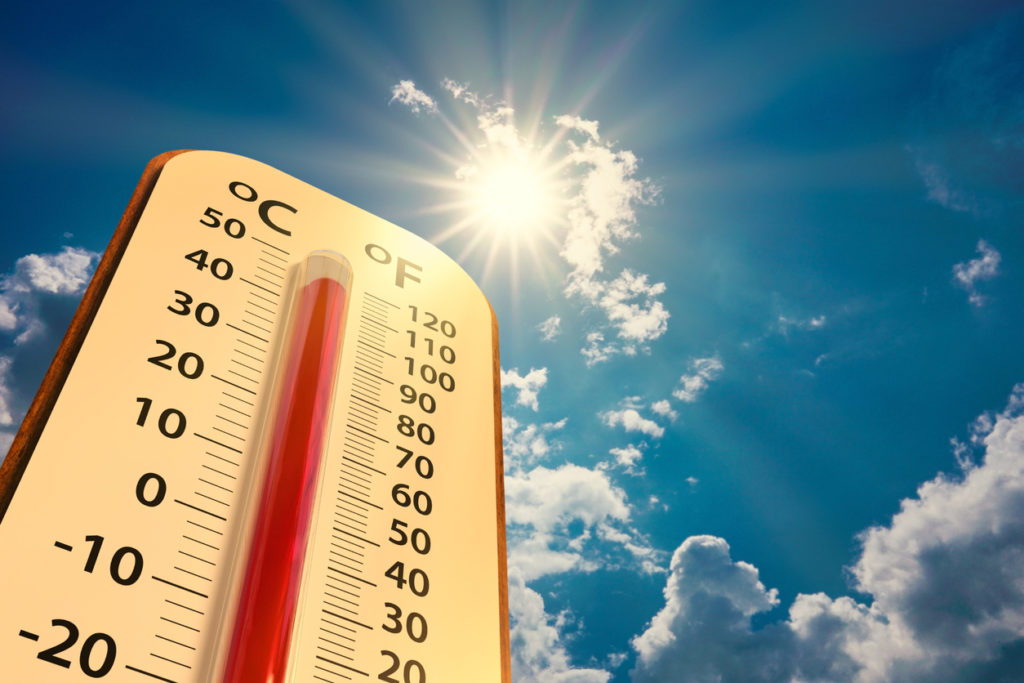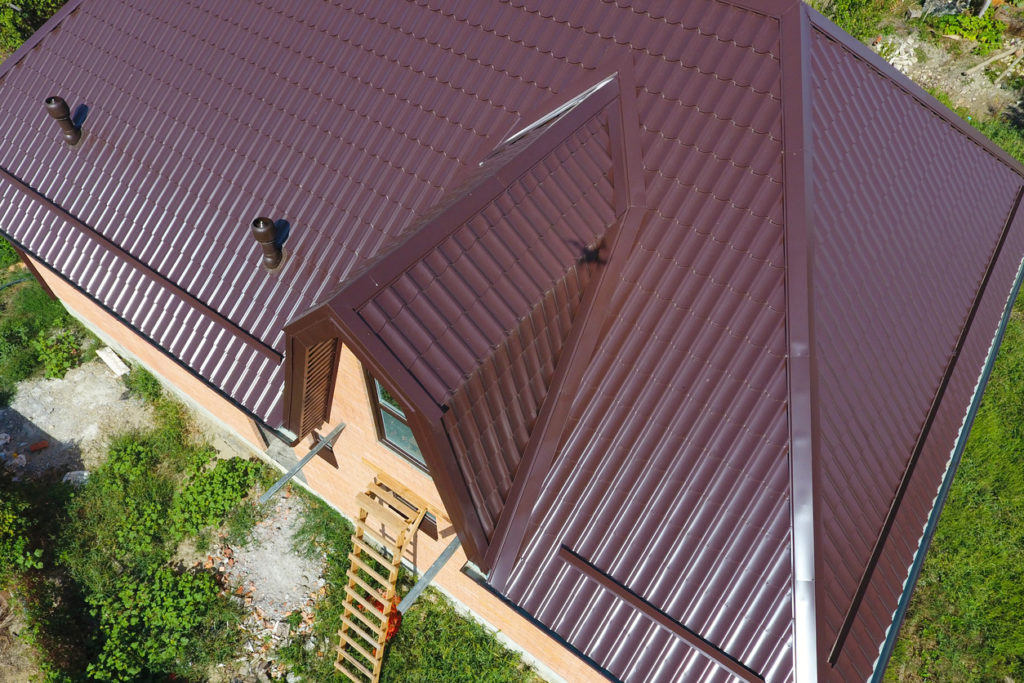
How Hot Does a Metal Roof Get?
Replacing an existing roof or building a new home and putting a new roof on, it is essential to know what materials are available. Metal roofs can be an attractive option that adds value to your home because of their longevity, energy efficiency, and low maintenance.
Metal roofs come in steel, aluminum, copper, zinc, and tin. Types of metal roofs include vertical seam, pre-formed panels, and granular coated panels.
Metal roofs have different styles as well. The metal can look like slate, tile, shakes, or vertical panels. It is essential to check to ensure the roofing materials have been tested and have approvals for wind, fire, and impact. The metal roofing should have a resistant rating.

Metal roofs like shingled roofs and other roofing materials have pros and cons.
Longevity
Metal roofs can last 40-70 years, depending on the roofing material used. This is an advantage over asphalt roofing materials that last about 12-20 years.
Durability
The wind is a challenge for most roofs. Installed correctly, metal roofing can sustain heavy winds up to 140 miles per hour. Metal roofs don’t corrode or crack. Depending on the product that is used, they are impact resistant
Low Maintenance
Most roofing materials need costly periodic maintenance. Roofing maintenance may include clearing debris, removing moss, algae, and mold, and inspection and repairing lifted tiles or shingles.
Fire Safety
Metal roofs, unlike asphalt shingles, will not spark or ignite into flames during wildfire or lightning, making the metal roofs an ideal choice in wooded areas or areas where the roof may be exposed to wildfires.
Energy Efficiency
UV and infrared light rays contribute to roof surface radiant heat. Metal roofs reflect the rays of the sone and can result in a 10-25% reduction in cooling costs. The heat the material rejects instead of absorbing is called thermal emittance. Black asphalt shingles get hotter than roofing materials that reflect the sun’s rays.
Environmental Friendliness
Metal roofs can be recycled. Depending on the type of roofing materials used, the metal is 25-95% recyclable. Unlike asphalt shingles that end up in the waste stream, metal roofs can be recycled when removed at the end of their lifetime.
Metal roofs do have some disadvantages
Expensive
Metal roofs are two to three times more expensive than other roofing materials. The lifetime of metal roofs is longer, saving money in the long run, but the initial costs for metal roof installation aren’t cheap.
Noisy
Metal roofs are noisy during heavy rain and hailstorms. Depending on the type of decking used during installation, metal roofs can be loud during storms.
Expansion, Contraction, and Maintenance of Fasteners
Metal roofing materials that are large panels are designed to expand and contract with the surface temperatures. Fasteners that hold the roof in place have varying lifespans, and roof surface degrees affect the fasteners. During the summer months, warm climates with 90-degree days can raise the roof surface degrees Fahrenheit temperature to 140-190 degrees. Unpainted metal can reach roof temperatures from 105-115 degrees. Metal roofs expand and contract as they get hot and cool off. Some fasteners like neoprene washers and screws may degrade and dislodge over time.
Color Match Challenges
If a metal roof needs to be repaired or a home has an addition built on it, it may be challenging to find an exact material match to the existing metal roof.
Low-Grade Metal and Poor Installation Decreases Performance
If water accumulates anywhere on the roof or if the installation is poor, there may be severe damage to follow. Low-grade metal and thinner gauge roofing materials are less durable and may rust in some climates, and hail storms may also dent these materials.
The Metal Roof Heat Question
Metal roofs are no hotter than dark shingle roofs; black-roof-painted metals, or slate. Metal roofs, like any other roofing, will heat up in direct sunlight. Metal roofs reflect the sun’s UV light and can result in up to a 25% reduction in cooling costs.

Roofing Remains, LLC
Homeowners considering replacing their roof may find it makes sense to consider a metal roof. They may find that the metal roof, in turn, reduces the cost of cooling and worries about the risk of fire due to wildfires.
The professionals at Roofing Remains will inspect a roof and determine the best plan to replace a roof or install a new roof on a new home build. They understand roofing material, heavier materials, how heat is affected by a dark color roof, how to use lighter colors to reflect heat, what materials are better for heat absorption, and all of the other factors that need to be considered when investing in a new roof.
Contact Roofing Remains, LLC and find out precisely what you need to do to stay cooler in the summer and warmer in the winter and what other important considerations you need to know when deciding your roofing needs.
